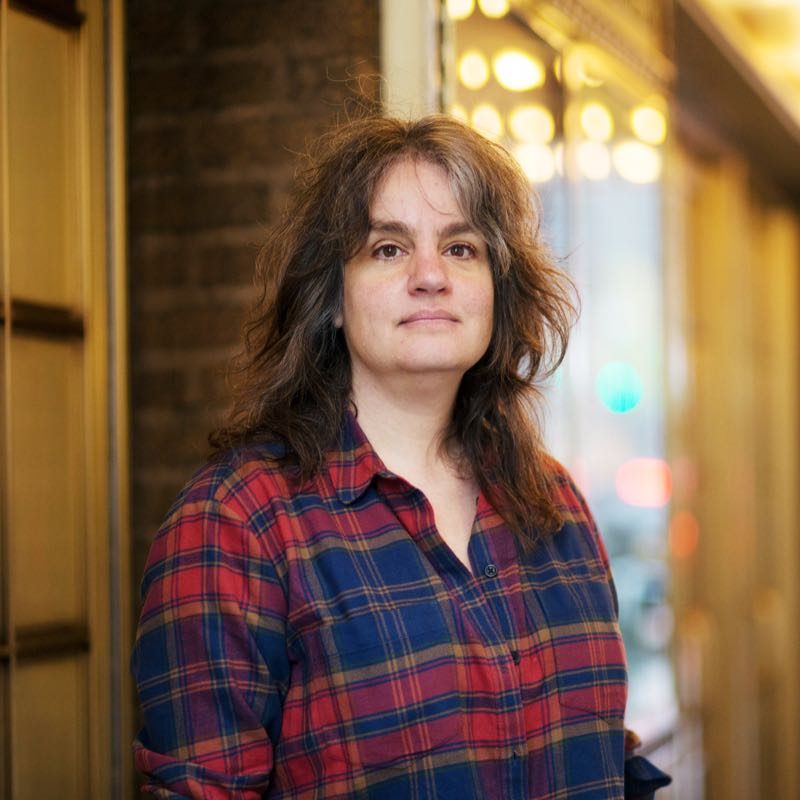An Interview with Pam MacKinnon
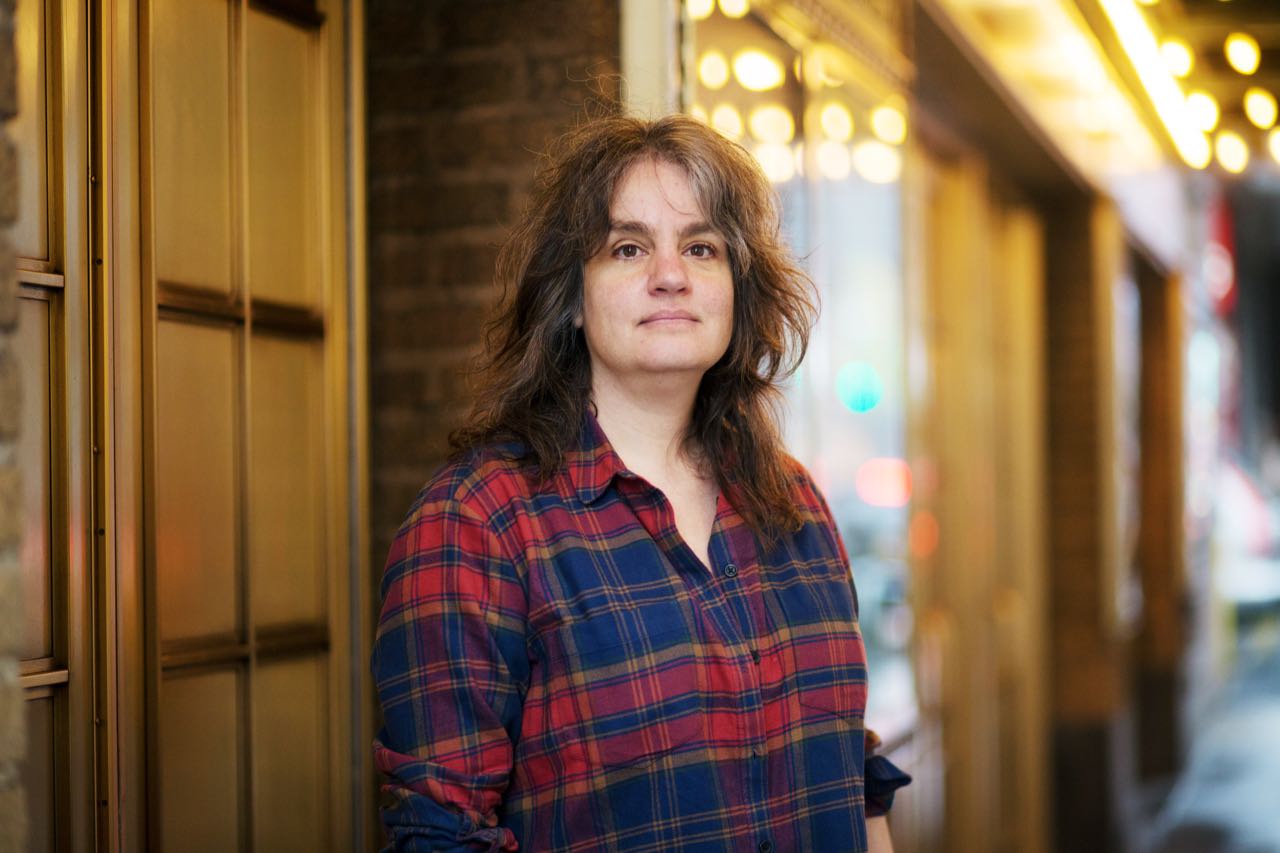
Written by Victoria Myers
Photography by Tess Mayer
April 11th, 2017
The most famous image from the 2001 film Amélie is that of the title character looking into the camera with a vacant stare. Netflix describes her as impish; a precursor to the manic pixie dream girl, bathed in the same French aesthetic that makes Americans buy books like French Women Don’t Get Fat. How does one turn a très male gaze film into a musical in 2017? The task fell, in part, to director Pam MacKinnon, who helmed the musical adaptation of Amélie from its development to its opening night on Broadway. Pam is perhaps best known for, as she puts it, “smart people talking in living room plays,” and as one of the premier interpreters of Edward Albee’s work. She won a Tony Award for Best Director of a Play in 2013 for Who’s Afraid of Virginia Woolf, making her one of only four women to receive that honor (she was also nominated in 2012 for Clybourne Park). Amélie is her first musical, making her third female director to have directed both a play and a musical on Broadway. We recently spoke with her about her process for adapting Amélie to the stage, giving her title character agency, directors getting typecast, and more.
When you’re working on something like Amélie that’s an adaptation, what’s the line between wanting to stay true to the source material and being like, “Okay, enough of that. This is our script. This is our story”?
I think any adaptation, if it’s too faithful to its source material and you’re changing media, will implode. This movie is incredibly cinematic, and some of its point was to embrace what cinema can do. This character has this amazing imagination, but also it’s framed with narrators, and the crazy dramaturgy of the leading man not really showing up until the fifteen-minute mark, and at the 30-minute mark you have the first sense that there can be animation in the movie. We took some of those odd storytelling devices, and read them as giving us freedom. We do use narrators. Anyone in the ensemble can be a narrator and has, at times, some foreknowledge of what can happen to Amélie, and at other times can recede into the very present tense, and follow their own story in a real timeline. The meeting of the leading man we also did at the fifteen-minute mark when he comes to the floor and has his first song. Up to that point he’s been very much in the ensemble.
It’s also, for me, very much a coming of age story and a story about learning how to be intimate, as opposed to a boy meets girl story. There is a romance that is in the movie that is a big part of the story, but it isn’t the core of the story. [It was] really trying to honor the bigger story and the intent.
Also, because we’re moving into a different form, and I don’t have a camera to zoom in on Amélie’s eyes, from production to production, we added more and more songs for the title character. Instead of zooming in and imagining that she’s thinking amazing things or having the audience project what she might be thinking, our Amélie can sing. There is this great convention of musical theatre that you can sing a song in a crowded room, and we the audience can understand that no one in the crowded room is hearing what she’s saying. That’s the analog of the camera as close-up. The character of Amélie in the movie speaks very little, but she can sing in our show and still speak very little.
What was your process for coming up with the overarching tone of the show, and bringing all the elements of the show together in a way where they complement each other?
Well, that’s everything, right? This has been a project in my life for four and a half years. I started with getting to know the show through four or five songs and a twelve page treatment about how we might tell the story, and it took off from there. It’s through conversation, and trying to honor the intent of the source material without being bound by it. I felt really strongly that I wanted those moments of imagination, as well as the scale of our show, to be very human, to be very handmade. Pretty early on, [we] started to work with a wonderful puppet designer, Amanda Villalobos. David Zinn, who did both the sets and the costumes, and I, had multiple conversations about,what this world looks like. An image that kept on coming to the floor for me was this idea of doors versus windows. That you can see through a window, but you can’t go through a window. You can’t see through a door, but you can ultimately have agency to open a door, pass through a door. That became a very defining part of our set. Similarly, suitcases became really important. Also wardrobes, like what do you pack with you, what do you take with you, what from your childhood do you take with you, and what do you store up and even hoard? It’s about Paris, so we have a bridge and we wanted to evoke that city, as well.
It’s conversations over weeks and months, and deciding that at the core of this person is a huge imagination, which is a survival tactic as well as something delightful. Wanting to visually put that forward was very important. The use of color was very important, which also came from the movie. In almost every frame of the movie, until a certain point when she actually sort of gets in trouble, there’s red in the frame somewhere. There’s her beating heart somewhere in the frame, and then it disappears for a while. Subliminally, it’s sort of scary when that disappears, and we wanted to honor that as well.
An early song [that we put] back in fairly recently is “Window Seat,” where Amélie has written a letter, supposedly from the plane crash wreckage of the dead husband of a co-worker at her café who can’t get over her dead husband. Amélie writes this letter, and then the image of this husband comes forward. The audience gets to see him, but [on stage] only Amélie can see him because she’s created him. It walks the line of very, very silly, as well as deeply moving. Then Amélie has given a gift of allowing this woman to move on, because in this letter the husband says, “I really loved you and I was coming back.” We have the actors doing a little bit of a Barry White impersonation and it’s super silly, but emotionally it is [that] people are going through something, and people are changing, and people are letting go. I think that dividing line of surreal, sublimely silly, but also affecting is really important to me.
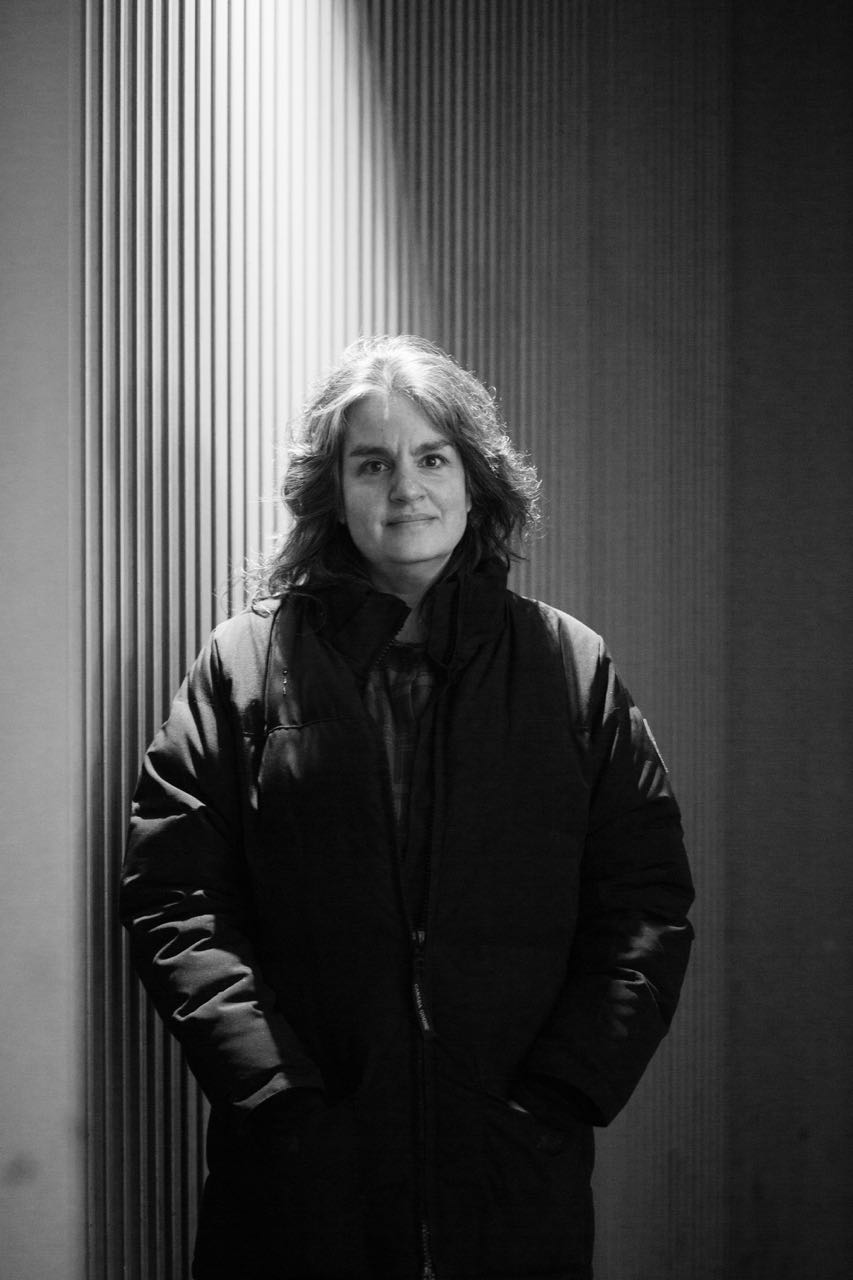
Was there a moment that was the hardest to find in terms of getting the tone exactly where you wanted it?
One of the hardest things, and I don’t know if it speaks to tone, was writing for the title character because that’s not a given from the movie. Writing to get inside her head. For instance, there’s this song where she, ideally, waits to meet Nino, this young man, and hands back a photo album and they make a coffee date. Ideally, that’s what would happen. Well, of course she can’t do that, and so time freezes and she sings this very silly song. It’s sort of a choice tree song and a demonstration of paralysis—”I could do this, or I could do that, or I could do this, or I could do that, or I don’t want to do this, I do want to do that. What am I going to do?” Once we unlocked those kinds of freeze time, choice tree songs, that really added to, “Who is this young woman, and what does she go through? Why that paralysis, and what happens when she gets stuck?”
That was one of the things that I wanted to ask you about, because it’s such a major change from the movie. I know you’ve talked before about wanting to give the character more agency, especially because in the movie you have the narration, but there’s not a lot of interiority. One of the most famous images of the movie is her face with the big eyes, and kind of a blank look. Could you talk more about how you made this woman more of a character with agency?
That certainly became an agenda of mine, and in working with Phillipa Soo [who plays Amélie]. It feels like such an opportunity that theatre can provide to give someone voice, as opposed to, “I don’t have a camera. I’m not going to zoom in on her eyes.” Also, the idea of having a title character that you actually don’t allow to speak just felt numbingly sad to me. I remember when I first saw the movie in 2001, that was part of my ambivalence towards it. I thought it was beautiful. I thought at times it was very emotionally, and sort of in an ineffable way, affecting, but there were moments when I was infuriated by it.
It’s a little sexist.
A little? It’s hugely sexist. It’s the male gaze. Absolutely.
How did you work on her journey? Particularly in regards to making sure that there is something she wants, and a way for her to make active choices even during the times when she’s running away from things and being passive.
Again, it’s been an interesting challenge because this person doesn’t know she has a problem until she has a problem. Normally, in a classically structured musical, really early on you would have a title character song proclaiming, “If I were a rich man I would do x, y, and z.” Well, she doesn’t have a notion that she’s poor, so there is no classic “I want” song. Normally there is the “I want” song and then a ton of obstacles, and you see how that person overcomes those obstacles. This story kind of demanded that she’d be fine, or believe she is fine, until she starts to activate her life and starts to help others. Then she eventually meets this young man and realizes that she can’t help herself, that she can’t step into an honest relationship; she loves anonymity and some kind of mediating between herself and the rest of the world. She both loves it as well as she recognizes that it’s a problem.
It’s bit, by bit, by bit. I had a discussion with someone a couple weeks ago who, in some respects felt like, “Oh, when this musical ends is normally when a musical starts.” I love this character for that. I’m a director, and I think there is something akin to directing that Amélie does. She loves to be at a remove. She loves to observe human behavior. At a certain point she becomes more active, but still at a remove, very much like directing like, “If I suggest this to this person, and this to this person, they might have an interaction that will help them. I can still observe it, and I have done something, but I haven’t thrown myself into it.” Eventually, by the end of the story, she is throwing herself into something messy and uncertain. I think this is someone who loves control and then realizes that you can’t control everything, and that control actually becomes isolating at a certain point. That’s both a big writing challenge, as well as an acting challenge of, “How do you activate that?” Those little choice tree songs of paralysis, and also charting what for some people is a tiny step forward into their emotional development, but for her it’s actually a big step forward and that’s completely valid.
I think this is a coming of age story, and she happens to be 23 years old. She has no role model for intimacy, and she moves to a big city, she becomes a waitress, and she finds an apartment. I mean she does some amazing things. The show, like the movie, starts with some knowledge of her childhood. We start with the childhood chapter song cycle that, hopefully, gives us some insight of where she came from. Then we hop her into the big city. I never wanted to condescend to what she had accomplished: finding her apartment, finding her job, making friends almost in spite of herself. She doesn’t necessarily know that all those people at her workplace really care about her, but they do. They clearly want nothing but good for her. I think she’s an amazing person and an amazing character, and also a character that isn’t heroic. A character that usually doesn’t have a big musical built around her. She is a working class person with not a huge toolkit to go into the big city, but she conquers it. I’m very proud of her.
When you’re choosing projects, do you tend to gravitate towards things where you immediately have an instinct on how to do it, or do you gravitate towards things where you’re like, “This is really interesting to me, but I have no idea how to do it”?
I guess a mixture of the two. This is my first musical. [Early on] I had put up Des McAnuff’s production of The Who’s Tommy, a big musical, but in Germany and his production, and I moved to New York thinking that I would direct musicals. Then 20 years later I wound up starting to work on my first musical ever. I felt moving into this project that I certainly had a skill set: working with actors, working with writers. Music has always been important me, even if it’s the music of Edward Albee’s dialogue. But did I know how to direct a large-scale musical? Not really, but I knew all the building blocks, and so that excited me.
I also do a lot of plays that are sort of skewed toward naturalism, and there’s a sofa somewhere on the set. There’s no sofa anywhere in this show and it moves sort of continuously and flows. I’ve never worked with a choreographer before, except on very, very small, discrete things within plays. That’s been very exciting. Learning how to have that conversation, and then at times, hand the rehearsal hall over to someone, is both exciting as well as it’s a learning curve. To be, along with the book writer Craig Lucas, the keeper of the story, is very different even from working on a new play. The plays that I have worked on there has only been one writer, whereas here there are three writers, so learning how to build consensus in a pretty large room just to get something on the page was new for me and very exciting.
There are other projects where it’s sort of like, “I love this play. I love this piece. I know exactly what actor could knock it out of the park.” Where I think I know how to do it, certainly, but the reason you come back to directing, I find, is because you actually don’t quite know. Your collaborators teach you. Stepping into a rehearsal process, stuff that you thought, “I know that this is the right thing,” your collaborators might demonstrate that something better is possible, or doable, or just the dynamic in the room can change what the story can be. It can be very dynamic and exciting.
When you first get a script, is your first instinct visual? Is it dialogue-based? Is it character-based? What is your first way into deciding, “Oh, this is how this should be”?
I think it really depends. It’s story-based, it’s character-based, and sometimes I do have an image. With Amélie, in part because when I started there wasn’t a script, it was very character-driven and then it became visual pretty quickly. The script was being developed and the songs were being developed as we were working on it together, and it was very liquid. Character, story, and occasionally there will be an overriding image that hopefully will then start conversations with my designers and open that up a little bit.
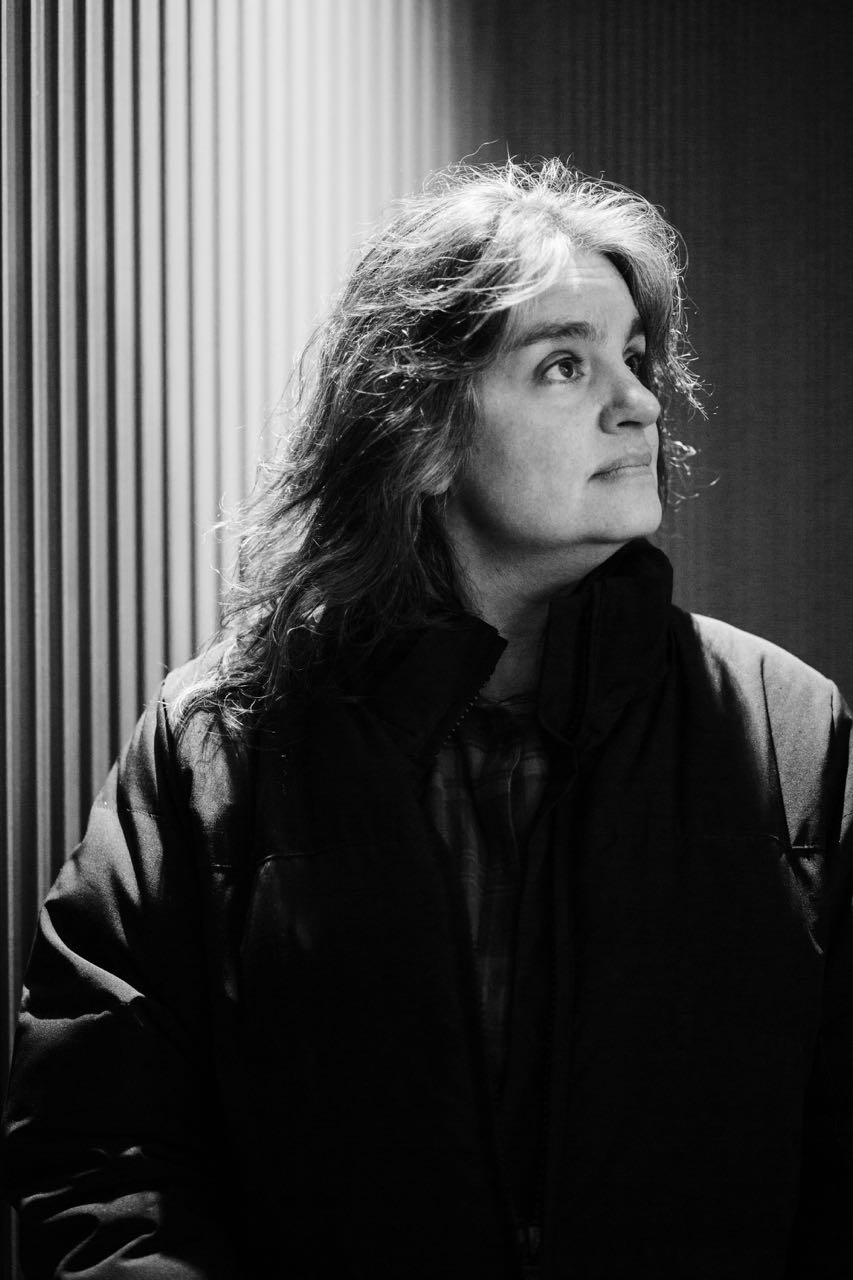
Do you see any themes in your work?
I certainly gravitate toward stories about isolation, or about overcoming isolation.
There are only a small number of Broadway houses and there is a very entrenched system of how things get mounted, and what comes to Broadway and what doesn’t. Do you see any ways to open that up or change things that would make it easier for new work to be developed?
Just thinking about Amélie, we had commercial producers early on, so there was always a hope to wind up on Broadway, but also recognizing that we did not want to start on Broadway. Working at Berkeley Rep, that’s now about two years ago, and then more recently the Ahmanson in Los Angeles, those not-for-profits have been invaluable. These things just take time to develop, and also time with an audience has been invaluable with, “Does this work?” You can’t know until you actually have emotional feedback from an audience, or just the pressure cooker of sitting in an audience as a director, or sitting in an audience as a writer, of like, “Oh, they’re not understanding this,” or, “Oh, I don’t want that to be funny. Why are they laughing?”
It’s mysterious what winds up on Broadway and what doesn’t. There is no real pipeline. Not every show should be in this kind of theatre, this kind of neighborhood even, but if you want it or if the destination is Broadway and [the show] wants this kind of platform, it’s tricky. All you get is an empty four-walled space. You have to build a company from scratch, which is hard and is very costly. Unlike working at an institutional theatre that has institutional memory, there is no institutional memory doing a Broadway show. It’s a one off experience. Sure, the producers can have experience. Sure, the director can have experience. The actors have experience. But the group as a whole has no experience other than the show that they’re building. It is a different feeling.
Obviously, it’s also very spotlight-y. Even just the notion of going into something in the hopes, for a lot of these projects, that it could run indefinitely, as opposed to, “Here’s it’s run,” is a very peculiar idea. You’re tracking down an audience as opposed to you have an audience. It’s a particular thing. It can be very exciting. I’m a New Yorker, I love working at home. That’s a nice part of it, too. I love working with my collaborators and my producers, and this was our intent, but it’s a particular kind of marketplace.
I read you were getting your PhD in Political Science but decided to switch to directing, and then basically banged on Des McAnuff’s door to assist. When you were switching paths and deciding to go pursue directing, do you feel like the fact that perhaps you were walking in without the BFA experience was almost helpful in that it allowed some freedom to just kind of ask for things, or follow your instincts?
Yeah, to follow my instincts. Also not necessarily knowing much about the hierarchy or the etiquette, I think is sometimes useful. I was probably 23 years old, so that was also useful. It was sort of like, “Well, I belong because I showed up.” Those kind of blunt moments. I mean Des was certainly someone who I definitely metaphorically knocked on his door and demanded audience and assisted him. I also crashed Anne Bogart’s auditions at San Diego Rep, and was first turned away because you’re not supposed to crash auditions. I wound up really demanding that I talk to Anne Bogart. The person at the door eventually said, “Okay, well I think there’s a bit of a break in 20 minutes, so come back then.” I did, and then talked to Anne. She said, “Well, I don’t think the theatre can pay you anything, but if you want to assist me come back in two months, and sure.” I basically did that with Des as well.
Definitely there’s a lot of right place at the right time kind of things, and then being ready for that moment. I didn’t have a BFA. I acted as a kid. Directed one thing in high school, and one thing in college. Came back around to it. I was pursuing a PhD and realized that I wasn’t interested enough to actually do that. I had been a good student, but that’s not enough when you’re supposed to write a dissertation. You’re actually supposed to want to ask and answer the questions in order to write a book, and I just did not have enough interest as the questions got smaller and smaller and more about cause and effect. I felt really compelled to go back to something that I remembered loving, even though I’d given it up in my formal education.
We talk a lot about how actors are typecast, but do you think directors are as well? That the industry wants people to have a thing that’s easily identifiable like, “Oh, this is the person who does x”?
Certainly the fact that this is my first musical feels like, yeah, there’s some typecasting going on. Edward Albee was hugely important in my career and opened a lot of doors, and doing a lot of his plays—both his contemporary plays as well as his classic plays—I’m sure that there are some producers that think, “Oh, this is what you do. You do largely realistic, heavy in language, smart people talking plays.” I love smart people talking plays, but yes, people do get typecast. Sometimes that typecasting can open a lot of doors if you can become the expert, or if you can become that go-to person to do a particular writer’s work or a particular genre of plays. That can be hugely useful for a while, but it’s also exciting to do something that is completely off the mark.
I remember about seven years ago I got a call from an artistic director at Shakespeare Santa Cruz. A small summer company that does Shakespeare in the Park on the campus of UC Santa Cruz. I’d never done a Shakespeare play. He called me specifically because he knew my work on Albee plays, and he therefore thought I’d be very good at Othello. It’s 200 scenes, it’s very contemporary. It feels like a modern play, so he felt both excited, as well as comfortable, giving me that as opposed to, I think the other play that season was Love’s Labour’s Lost. He wouldn’t have felt that comfortable handing that over to me unless I made a big plea for it. Certainly people get typecast.
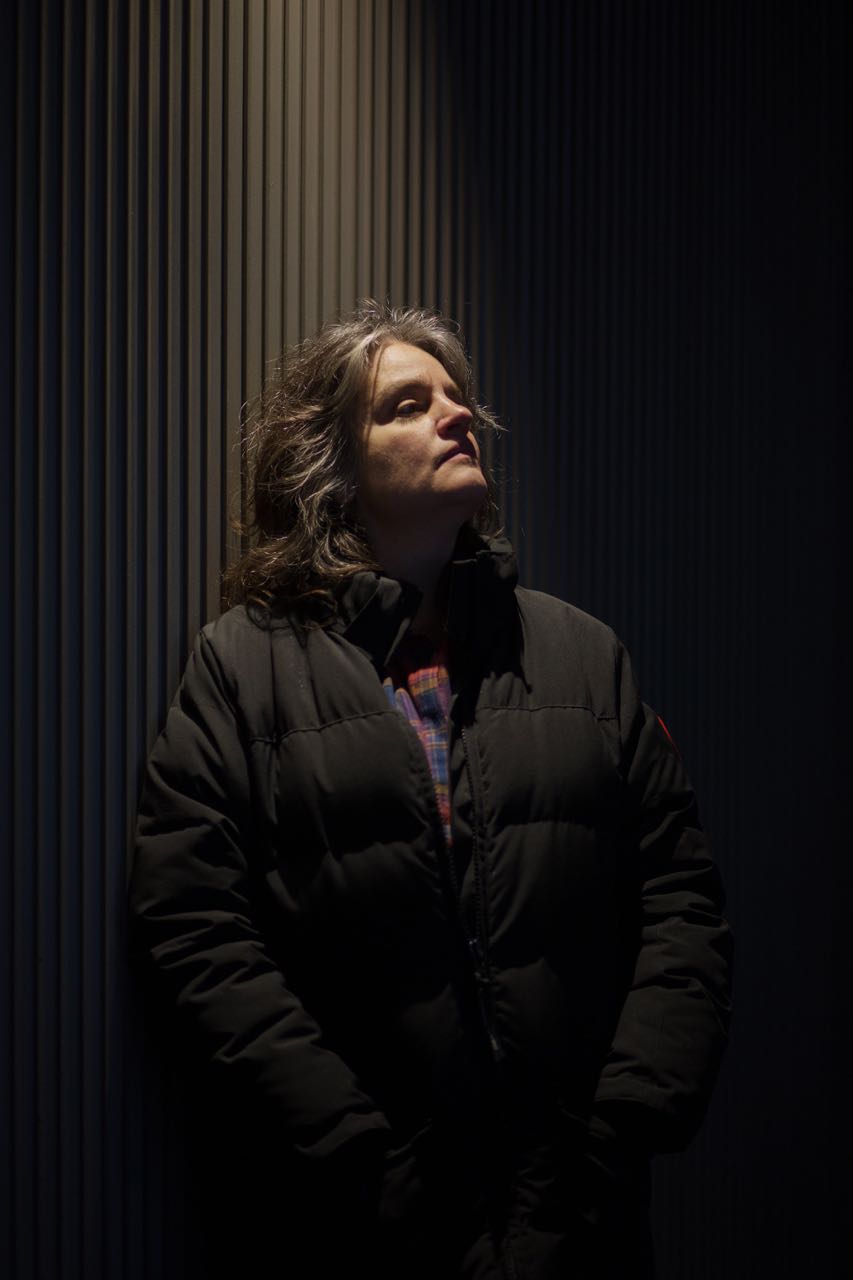
Have you ever felt that your behavior in a rehearsal room was looked at differently than it would be if you were a man?
I mean it’s hard to know because I only have experienced what I have experienced, and I don’t know if I’m experiencing it because I’m a woman, or because years ago I was young, or I was working with a star and I’m not a star. It’s sometimes hard to know, “Is this gender? Is this chemistry?” I certainly remember, not so much rehearsal hall situations, but more like sitting with a producer and kind of feeling early on in a meeting that the meeting was dissipating, like we just didn’t have, in the most basic sense, a click, a chemistry moment. Maybe a little in retrospect, or having experienced that a few times, it’s sort of like, “Oh, I think this would have been easier for them if I’d been a young guy. Then perhaps we could have hit the ground running and just it would have been more comfortable.”
I definitely have memories of those experiences. I think these barriers are breaking down slowly, but there is that tradition of giving the young man the opportunity, if it’s a male producer. It’s like a reflection of self, “Oh, I recognize this moment in this young man’s development and I want to foster it.” Sometimes I’ve felt that. That in those meetings you sort of feel like, “Oh. I think this would be easier for both me and for the other person, in a very empathetic way, if we had that common thing. That spring board.”
What’s something that the theatre community could do to make things more equal for women?
I think this is a really exciting moment for playwriting and directing right now in this country. I happen to be working on Broadway these last few years, but that’s not necessarily where the really exciting stuff is. I think the theatre community is embracing smaller spaces, and alternative spaces. Here’s something really specific: I wish there were more—especially in this town—more diversity among our critics. I do think that there is a paucity of women critics at the larger outlets, and there is a narrow point of view when it comes to the critical community. I think that would be a hugely important, and very healthy thing for the entire ecology. Just a diversity of people watching and writing, and in some cases, determining the life of a show or life of what can be produced. It would be great to have a multiplicity of voices.

